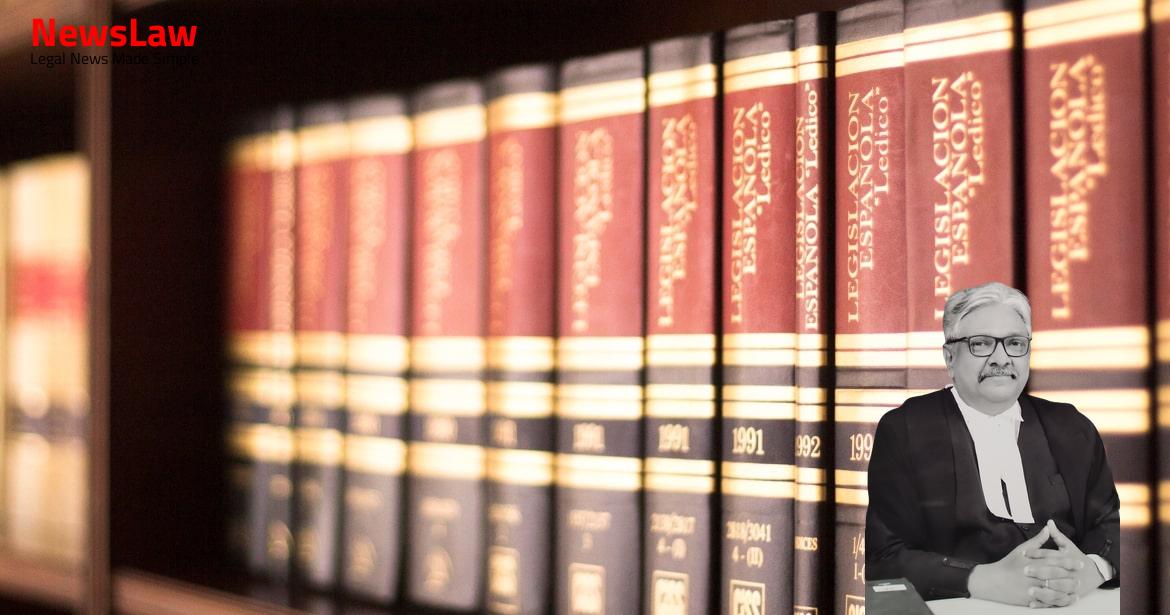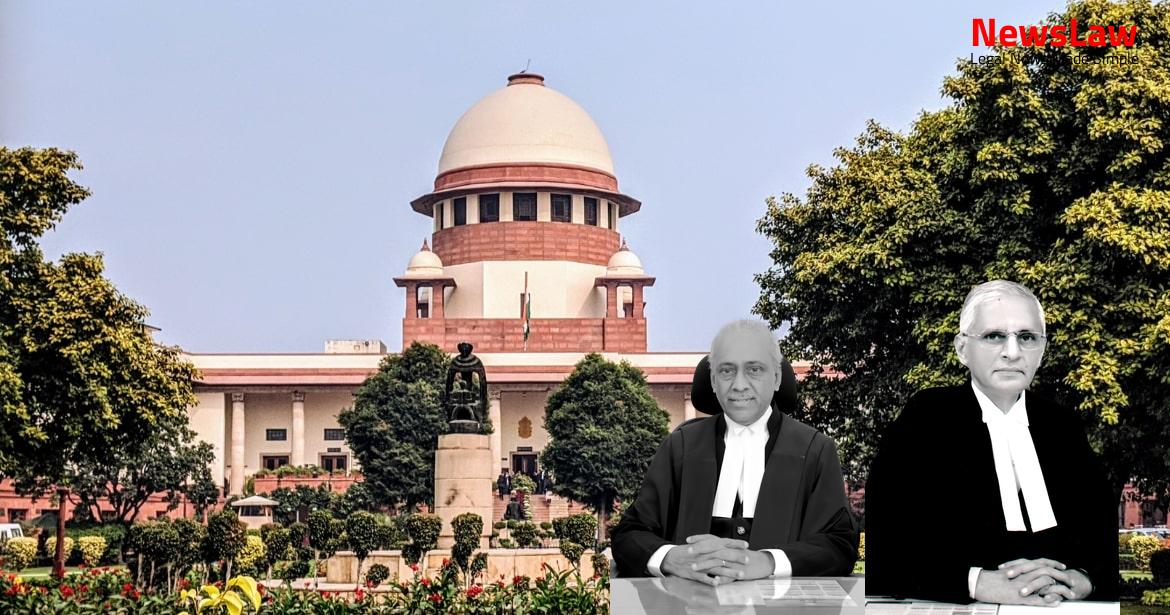The High Court vide the impugned judgment and order dated 23.09.2009 allowed the First Appeal No 1447 of 2006 and set aside the award dated 07.03.2006 passed by the Reference Court, and remanded the matter to the Reference Court to decide the question as to whether the Reference made to the Reference Court was within the limitation as per Section 18 of the Land Acquisition Act, 1894 (hereinafter referred to as the ‘Act’) and decide the Reference afresh. (ii)
Also Read: https://newslaw.in/supreme-court/high-court-dismisses-bail-application-in-corruption-case/
In the said acquisition proceedings, an award was declared under Section 11 of the Act on 12.01.1996. 4 in the said writ petition) arrived at a Settlement on 20.10.1997 and requested the High Court to dispose of the said writ petition in terms of the consent terms arrived at between the parties.
(b) It is further directed that the petitioner shall hand over vacant and peaceful possession to the 4th Respondent through 2nd respondent within 4 weeks from the date of this order and that the petitioner Trust shall be paid the amount determined under the Award under section 11 by the 2nd respondent at the time of handing over possession.
(vi) The Reference Court after considering the issue of limitation raised on behalf of the respondents in the said Reference, held that the Reference filed with the Collector was within the period of limitation as per the order of the High Court. The Reference Court further determined the amount of additional 7 compensation to be paid to the appellant- trust vide the award dated 07.03.2006.
Also Read: https://newslaw.in/supreme-court/illegality-of-arrest-under-pmla/
1- Committee pressing into service clause (c) of the consent terms vehemently submitted that there being no time limit mentioned in the said clause, it was required to be construed that the appellant- trust had to make an application to the second respondent under Section 18 of the said Act within four weeks from the date of the order passed by the High Court i.e. As discernible from the consent terms, the very purpose of arriving at the said consent terms was to do away with the hardship caused to both the parties because of the pendency of the Writ Petition. Now, since the consent terms as well as the directions contained in the order of High Court were silent as to within what period the appellant should make application to the respondent- Collector seeking Reference under Section 18 of the Act, the respondent- Committee taking undue advantage of such ambiguity in the consent terms, raised the issue of limitation before the Reference Court.
In view of said directions given by the High Court, the issue of limitation contained in Section 18 of the Act had clearly paled into insignificance, and the respondent could not have raised such a plea before the Reference Court or before the High Court. Since the market value of the lands as on 17.12.1994 which was the reckonable date agreed by the parties, was required to be determined by the District Court, Nashik, making of an application to the Collector seeking a Reference under Section 18 was a sheer procedural formality required to be followed by the appellant.
The Reference Court after considering all the legal and factual aspects of the matter had rightly held that the Reference was filed with the Collector within the period of limitation as per the order passed by the High Court.
Also Read: https://newslaw.in/supreme-court/dismissal-of-bail-application-in-money-laundering-case/
In our opinion, the High Court had committed gross error in interfering with the said well-reasoned findings recorded by the Reference Court, and in setting aside the entire award and remanding the matter back to the Reference Court for deciding it afresh.
Case Title: SHRI NASHIK PANCHAVATI PANJARPOL TRUST AND ORS Vs. THE CHAIRMAN
Case Number: C.A. No.-002857-002857 / 2011



